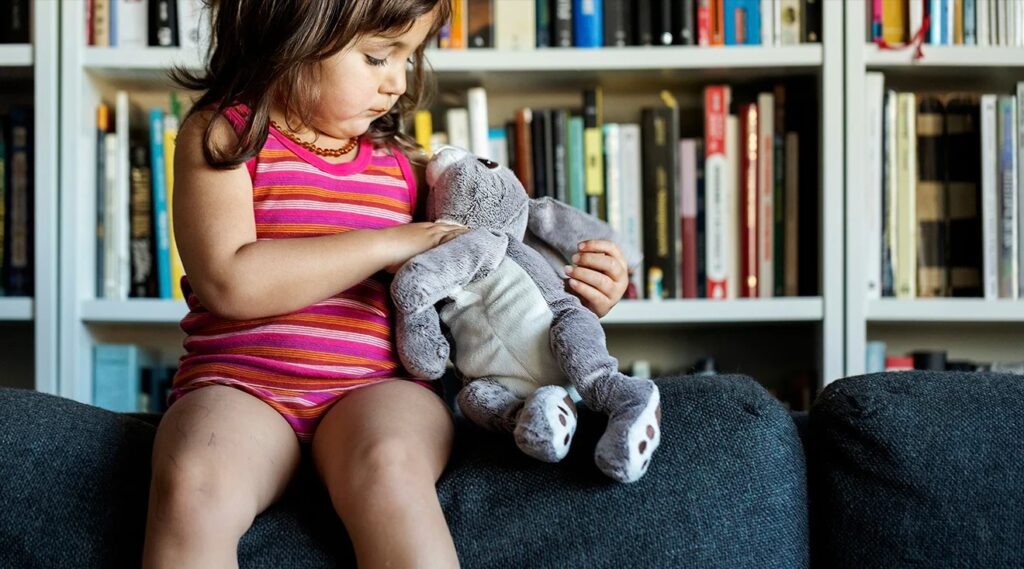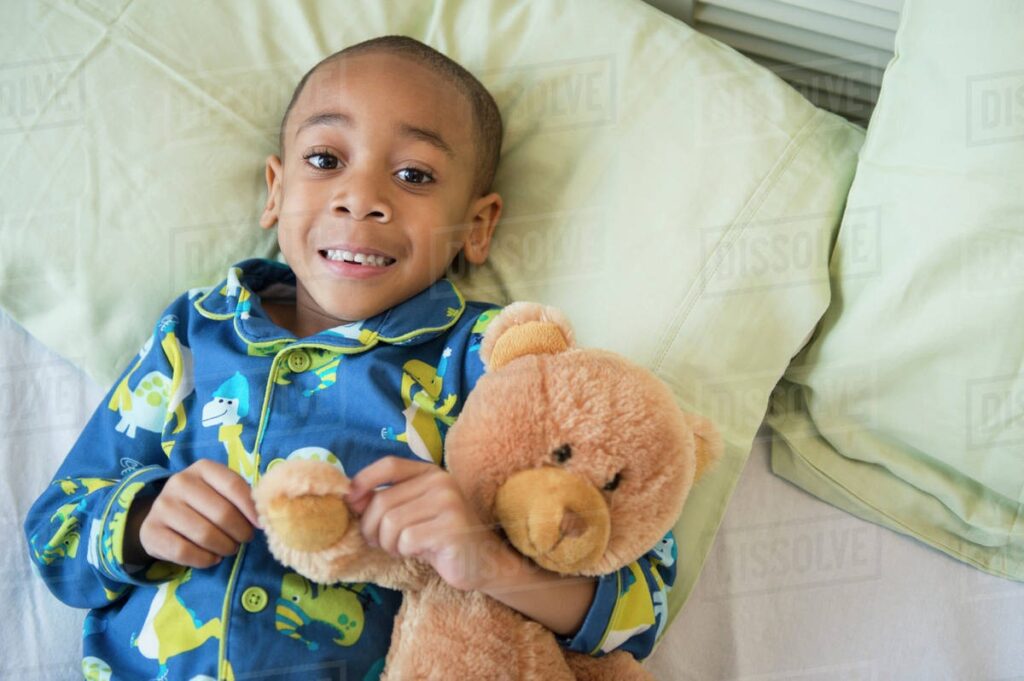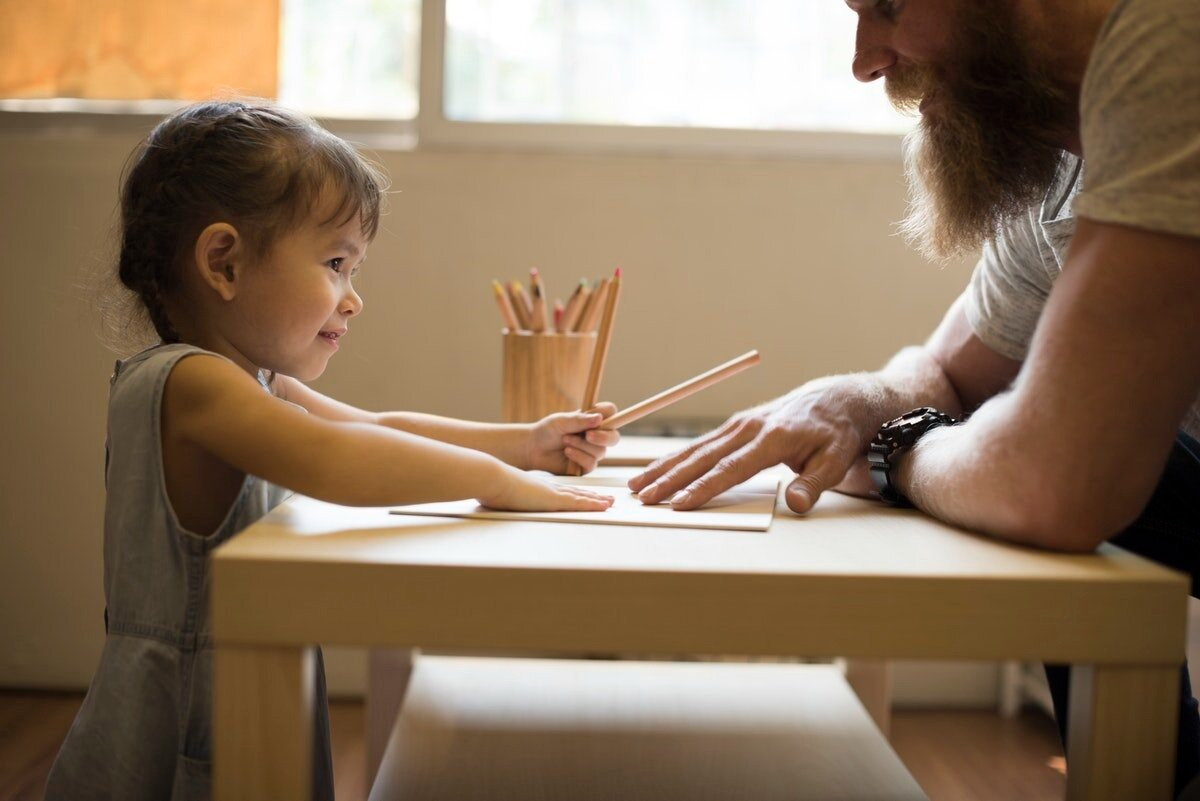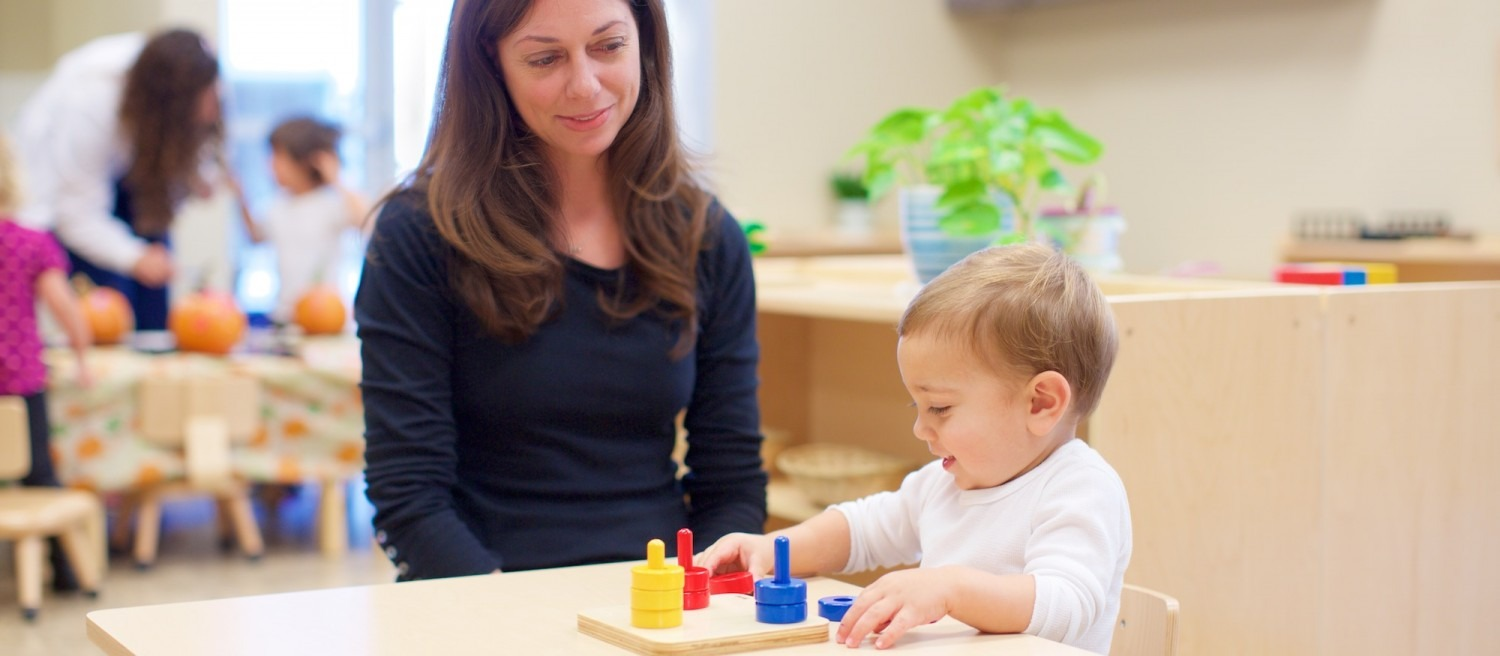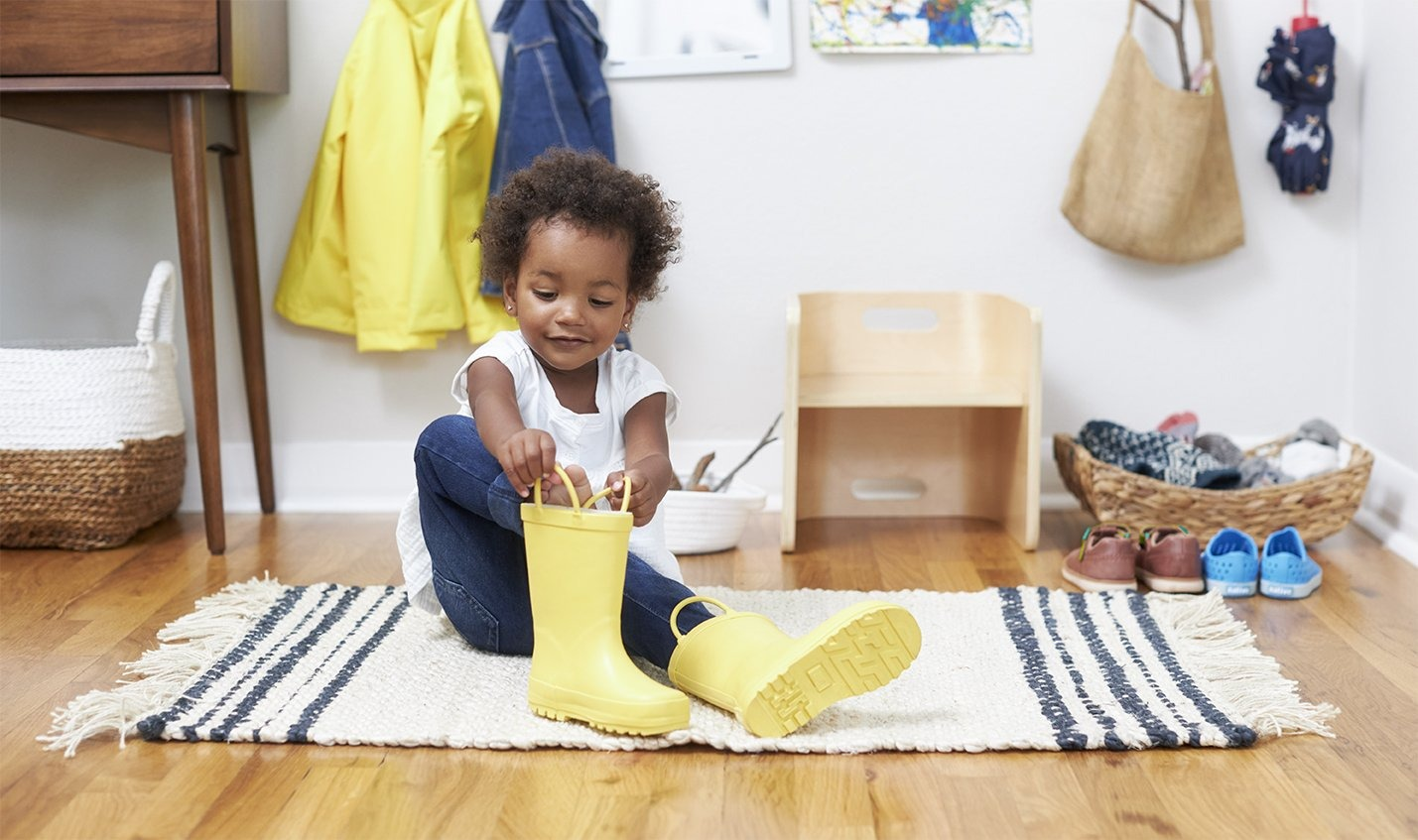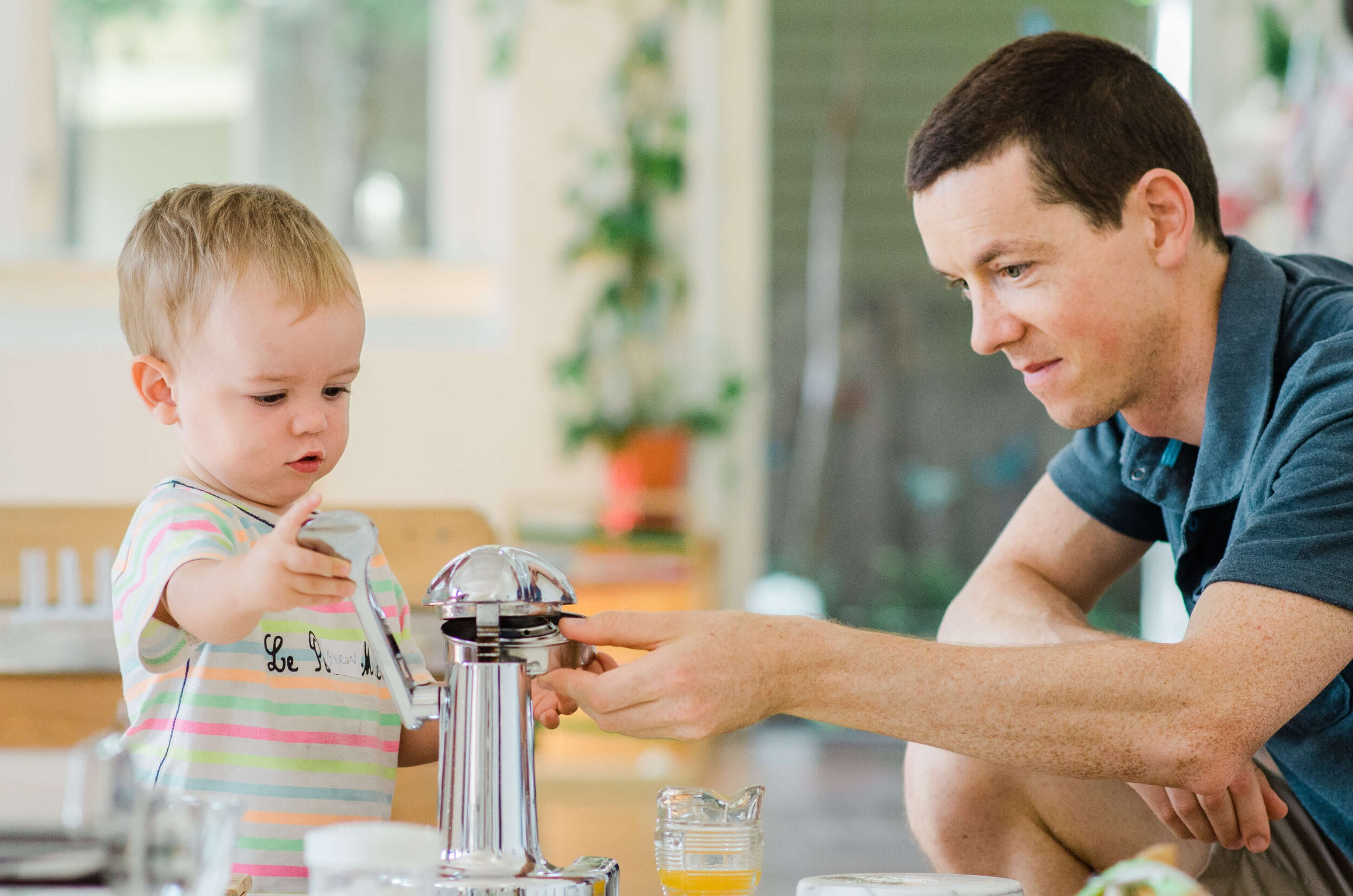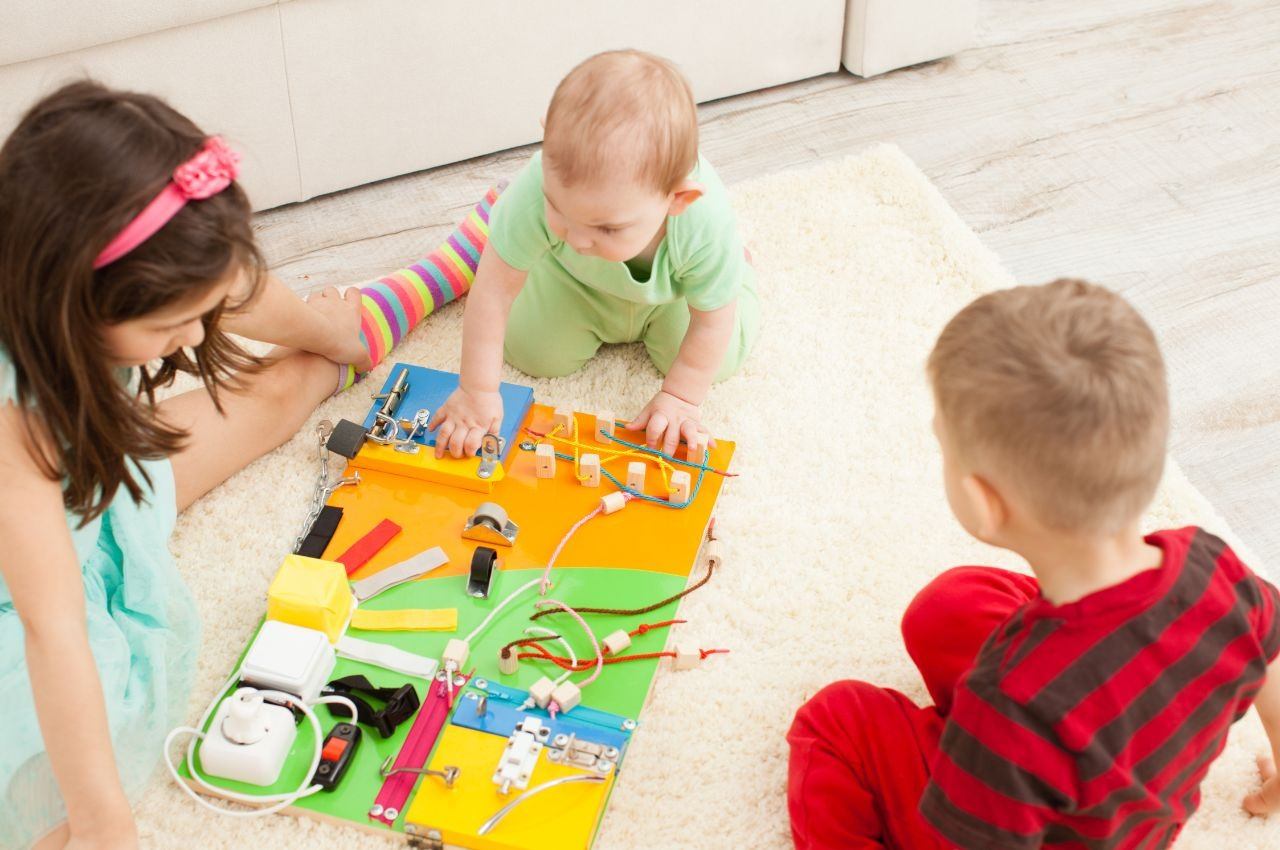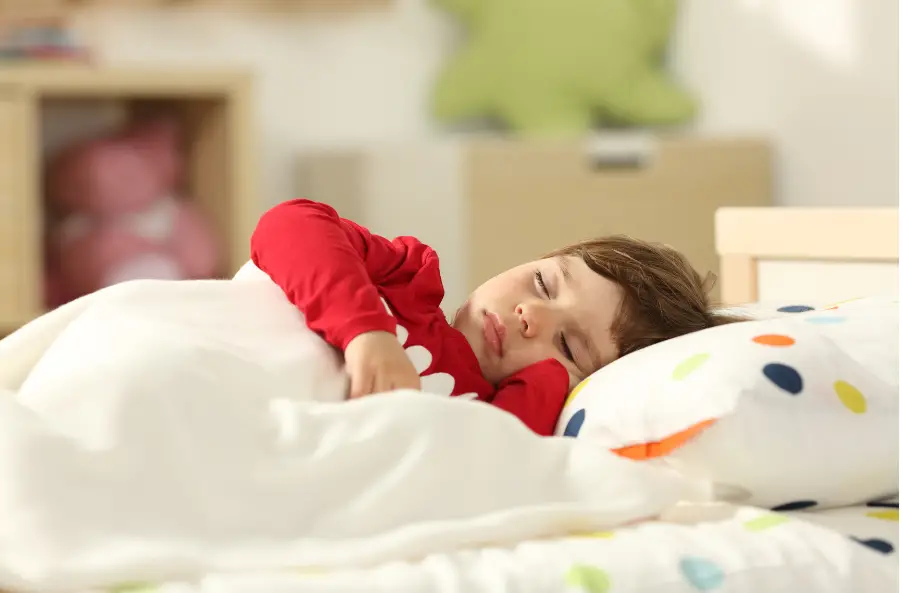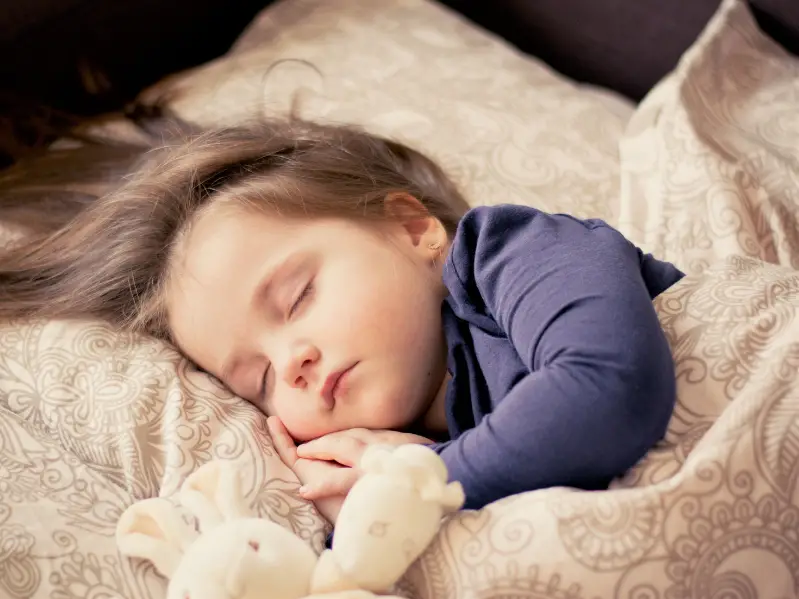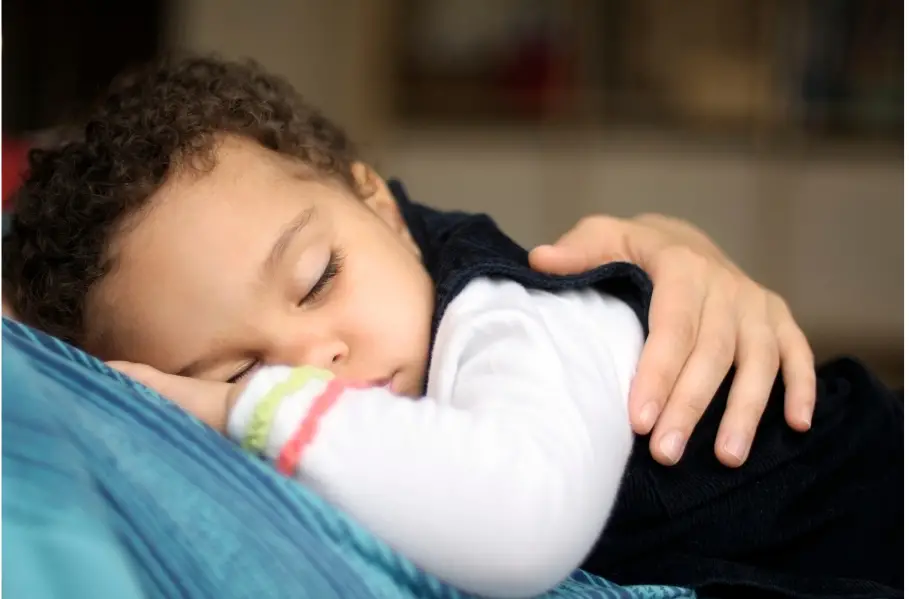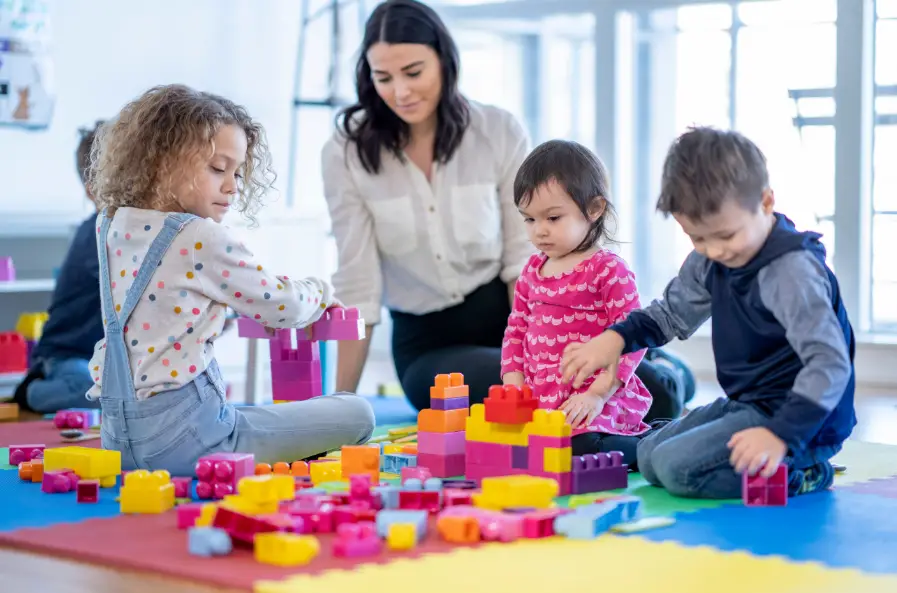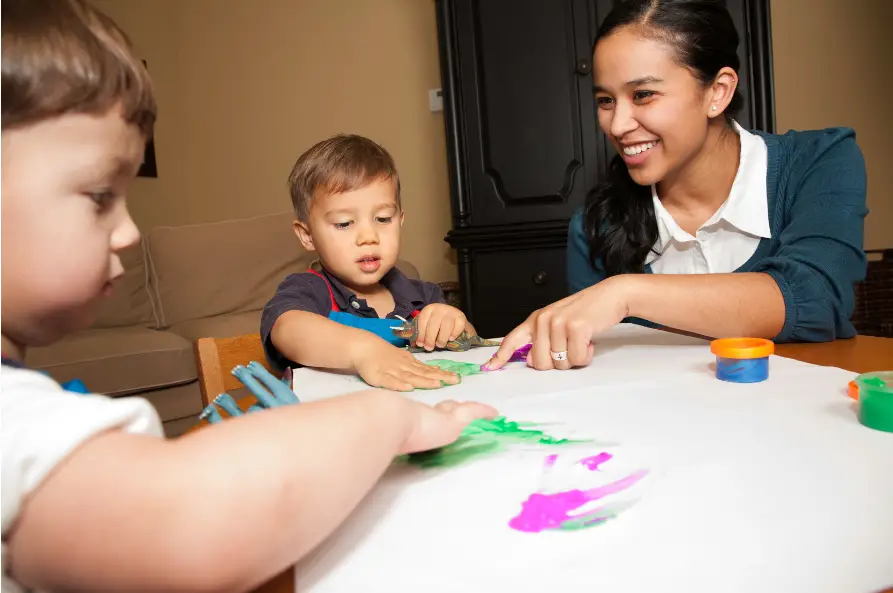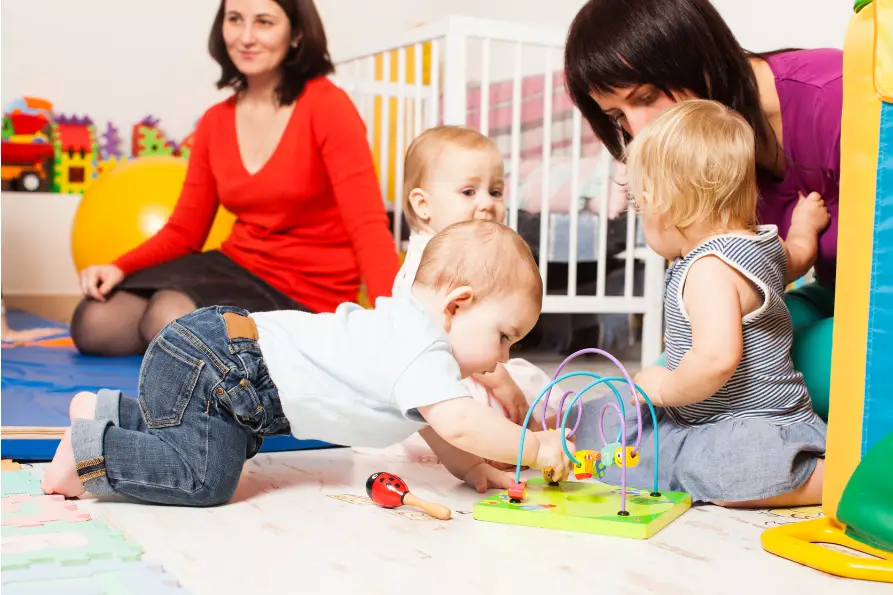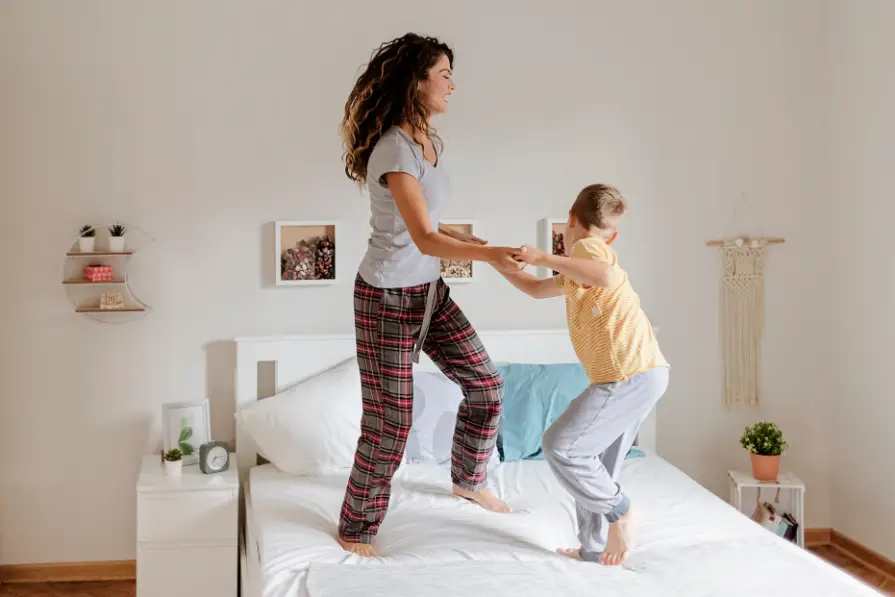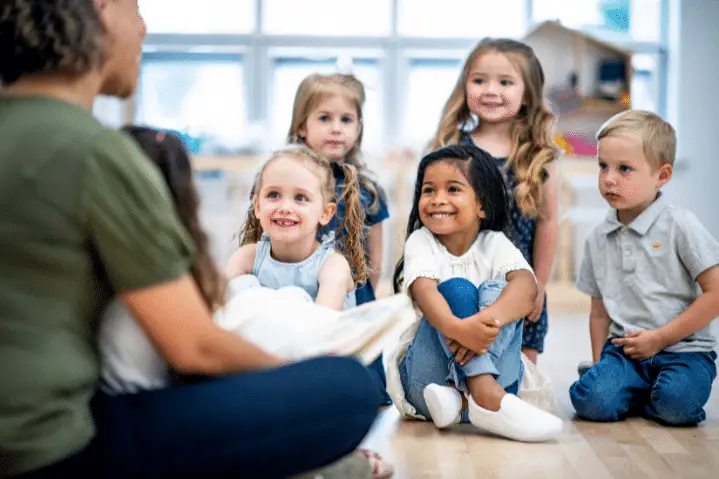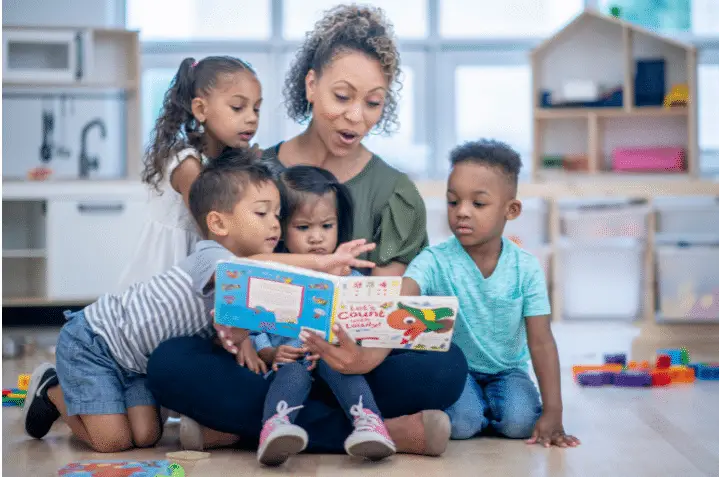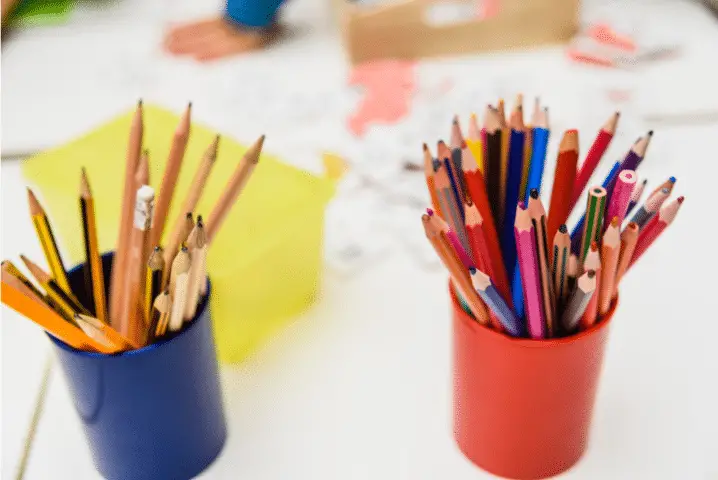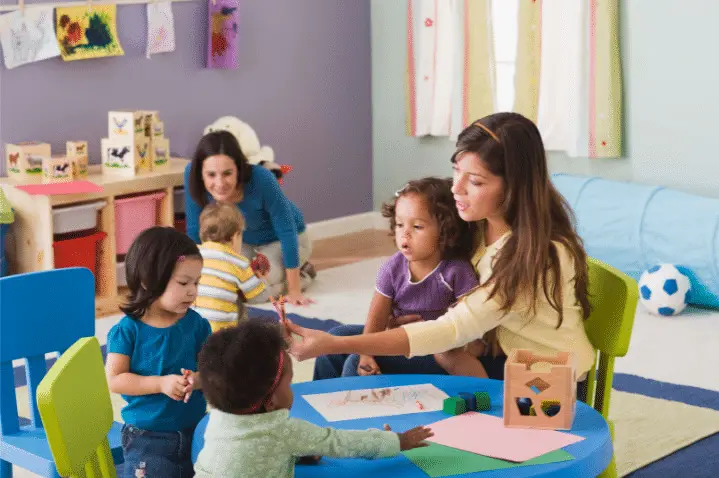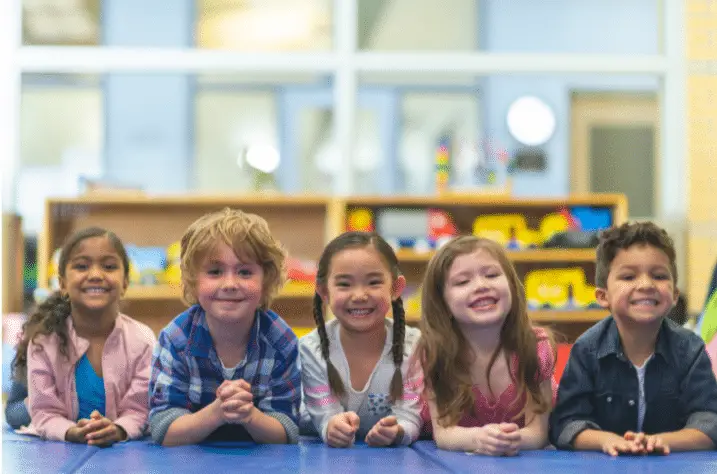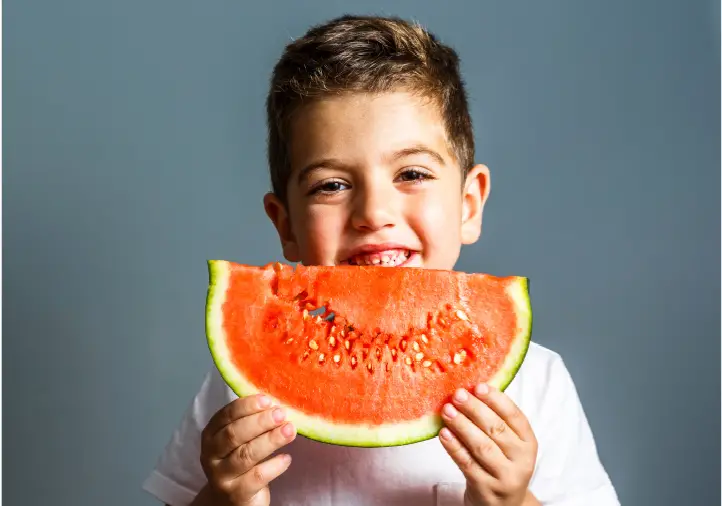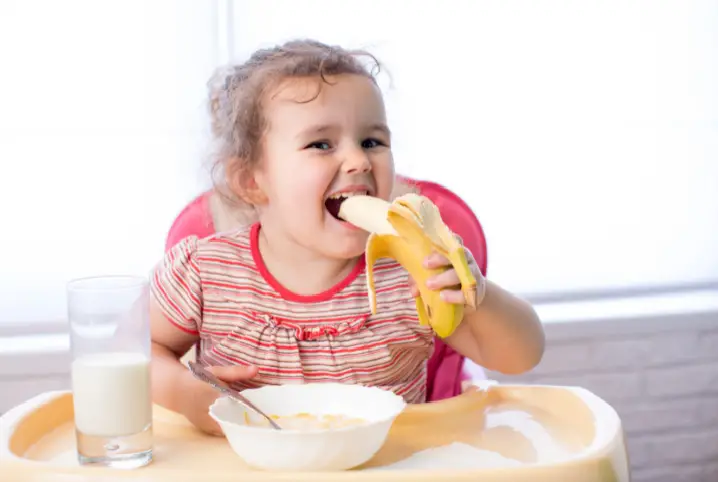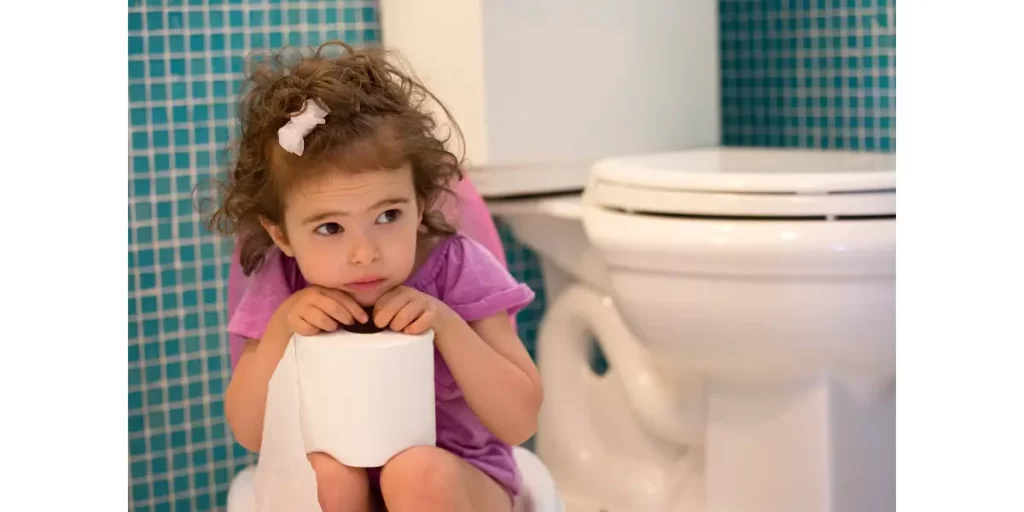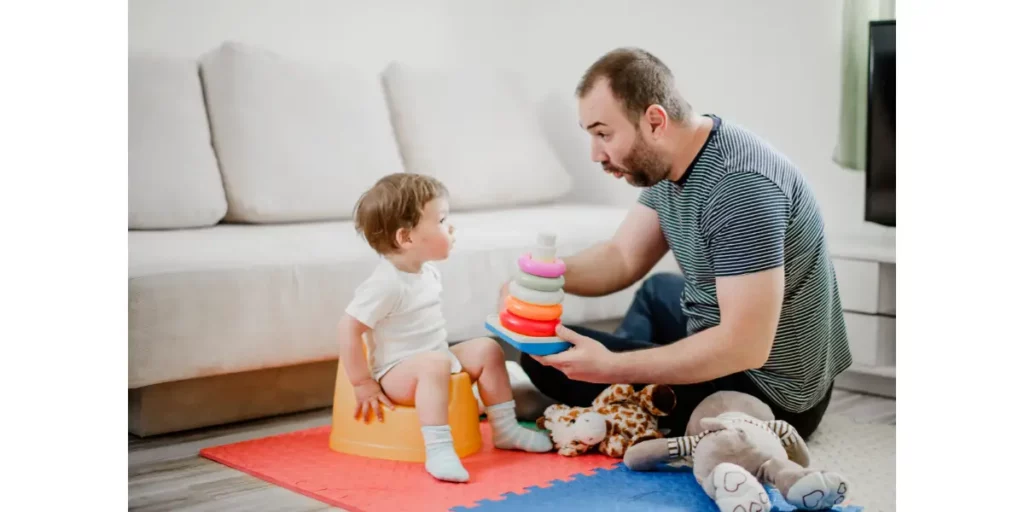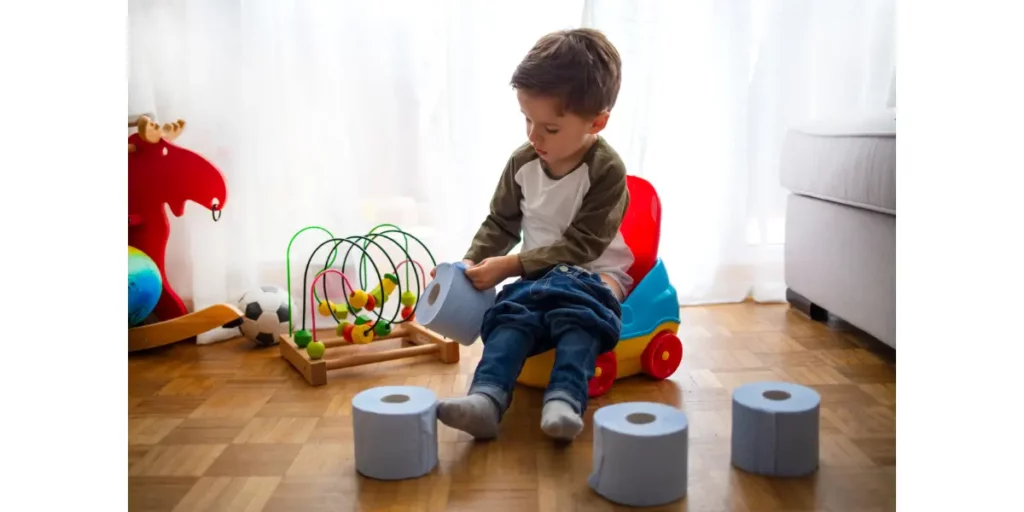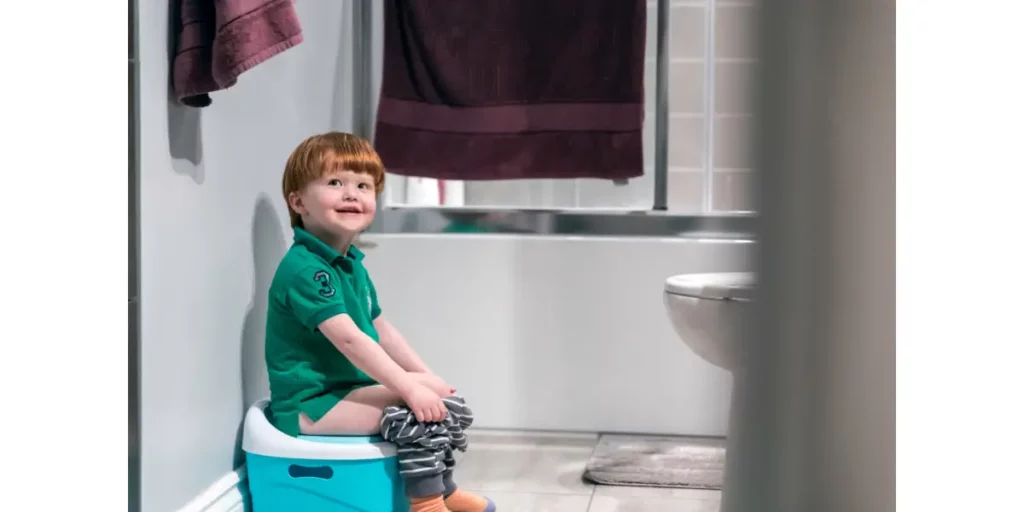The Ultimate Playlist: 20+ Preschool Graduation Songs for a Magical Farewell
As a parent, one of the most rewarding experiences is watching your child grow and achieve milestones. And what better way to celebrate their preschool graduation than with the perfect playlist of songs? These enchanting melodies will create a memorable and emotional experience for both graduates and their families, as they bid farewell to their preschool years. In this section, I’ll introduce the ultimate playlist of preschool graduation songs that will make your child’s special day truly unforgettable.
Key Takeaways:
- Preschool graduation songs can create a memorable and emotional experience for graduates and their families.
- The ultimate playlist of preschool graduation songs includes a variety of options to suit different preferences and themes.
- Choosing the perfect preschool graduation song is an important process that requires consideration of factors such as the occasion, audience, and message.
- Preschool graduation songs can be categorized into upbeat and fun, sentimental, Christian, and engaging options.
- Creating a graduation slideshow with the perfect songs can enhance the nostalgia and enjoyment of the occasion.
Why Preschool Graduation Songs Matter
As a parent or teacher preparing for a preschool graduation, you may wonder, “Do we really need graduation songs?” The answer is a resounding yes! Preschool graduation songs are an essential part of a memorable and emotional farewell ceremony. Here’s why:
They Create a Sense of Accomplishment
Preschool graduation signifies a significant milestone for young children and their families. Graduation songs help celebrate this accomplishment and recognize the hard work and dedication required to reach this momentous occasion. The right song can make graduates feel proud and excited about their achievements
As the end of the school year approaches, it’s time to start thinking about graduation songs for the big day! Whether you’re looking for an inspirational ballad or an upbeat anthem, there are plenty of great songs out there to celebrate this milestone.
For graduates, the song choice is often personal. It might be a song that reminds them of their time in school, or one that reflects their future aspirations. But whatever the reason, the right song can make graduates feel proud and excited about their achievements!
Here are a few of our favorite graduation songs:
“Graduation (Friends Forever)” by Vitamin C
This classic graduation song is the perfect way to celebrate friendships that will last a lifetime. It’s upbeat and optimistic, and sure to put a smile on everyone’s face.
“The Time of My Life” by Bill Medley and Jennifer Warnes
This iconic ballad from the film “Dirty Dancing” is a perfect choice for graduates who are ready to start the next chapter of their lives. It’s a feel-good song that will leave everyone feeling nostalgic and inspired.
“I Will Remember You” by Sarah McLachlan
This beautiful ballad is perfect for graduates who are feeling sentimental about leaving their friends and classmates behind. It’s a touching song that will help graduates remember the good times they’ve had in school.
“Eye of the Tiger” by Survivor
This adrenaline-pumping anthem is perfect for graduates who are ready to take on the world. It’s motivating and empowering, and sure to get everyone pumped up for the future.
“Unwritten” by Natasha Bedingfield
This uplifting song is all about embracing life’s possibilities. It’s perfect for graduates who are ready to take on whatever the future holds.
Whatever you choose, make sure it’s a song that makes you feel proud and excited about your accomplishment. Graduation is a time to celebrate, so pick a song that will put everyone in a party mood!
They Provide a Lasting Memory
Graduation songs can serve as a time capsule of memories for both the graduates and their families. Whenever they hear that song in the future, it will remind them of this special day and the milestones that were reached. It’s a way to connect with the past and cherish those memories for years to come.
They Bring People Together
Graduation songs have a unique ability to bring people together. Whether it’s graduates singing together or families dancing along, these songs create a sense of unity and togetherness. This is especially important after a year of social distancing and virtual learning, where connections and relationships have been strained.
They Set the Tone for the Ceremony
The right graduation song can set the tone for the entire ceremony. Whether you’re looking for an upbeat and celebratory tune or a more sentimental melody, the perfect song can set the mood and create a memorable experience for everyone involved.
Overall, preschool graduation songs are an essential part of any successful graduation ceremony. They create a sense of accomplishment, provide a lasting memory, bring people together, and set the tone for the entire event. So, if you’re planning a preschool graduation, be sure to include these important elements!
Choosing the Perfect Preschool Graduation Song
Choosing the perfect preschool graduation song can seem like a daunting task, but it doesn’t have to be. With a little guidance, you can find a song that captures the spirit of the occasion and reflects the unique personalities of your preschoolers. Here are some ideas to get you started:
Brainstorm Together
Involve your preschoolers in the song selection process. Ask them to share their favorite songs, and listen to them together. You might be surprised by some of their choices, and incorporating their favorite tunes can make the graduation program even more special for them.
Consider the Message
When selecting a graduation song, consider the message it conveys. Look for songs that celebrate accomplishments, inspire confidence, and recognize the hard work that went into reaching this milestone. Some of the best graduation songs include:
- “Ain’t No Mountain High Enough” by Marvin Gaye and Tammi Terrell
- “Brave” by Sara Bareilles
- “Count on Me” by Bruno Mars
- “I Hope You Dance” by Lee Ann Womack
- “Roar” by Katy Perry
Listen to Preschool Graduation Songs
There are many preschool graduation songs out there, so take the time to listen to a variety of options. Some of the best include:
| Song Title | Artist | Year Released |
|---|---|---|
| “The World is Ours” | Aloe Blacc | 2014 |
| “Graduation (Friends Forever)” | Vitamin C | 2000 |
| “We’re All in This Together” | High School Musical Cast | 2006 |
| “I Will Remember You” | Sarah McLachlan | 1995 |
Consider the Graduates
Think about the personalities of your preschool graduates when selecting a song. Choose a song that reflects their unique qualities and the memories that they created during their time in preschool. It’s also important to choose a song that is age-appropriate and easy for them to sing along to.
No matter which song you choose, make sure to practice it with your preschoolers beforehand. This will make them feel more confident and comfortable singing during the ceremony.
Upbeat and Fun Preschool Graduation Songs
Celebrating a pre-k or preschool graduation is a momentous occasion, and what better way to mark the end of this chapter than with some fun and upbeat preschool graduation songs? These catchy, lively tunes are sure to get everyone in the room dancing and celebrating the graduates’ accomplishments.
Here are some great examples of graduation songs 2022 and 2023 that are perfect for pre-k and preschool graduation ceremonies:
| Song Title | Artist |
|---|---|
| Can’t Stop the Feeling | Justin Timberlake |
| Happy | Pharrell Williams |
| What a Wonderful World | Louis Armstrong |
| On Top of the World | Imagine Dragons |
| Best Day of My Life | American Authors |
| We Are the Champions | Queen |
Incorporating these popular songs into the graduation ceremony will create an energetic and joyful atmosphere that will make the occasion even more special.
Don’t forget to encourage the children to sing and dance along with the music! Pre-k graduation is all about celebrating the children’s achievements and giving them a send-off to remember.

Sentimental Graduation Songs for Preschoolers
If you’re looking for a way to tug at the heartstrings during your child’s graduation ceremony, sentimental graduation songs are the way to go. These songs about growing up and moving on are perfect for reflecting on the preschool journey and all the memories made. Here are a few options to consider:
| Song Title | Artist |
|---|---|
| Forever Young | Bob Dylan |
| My Wish | Rascal Flatts |
| You Raise Me Up | Josh Groban |
| Count on Me | Bruno Mars |
| I Hope You Dance | Lee Ann Womack |
Each of these songs is a beautiful reminder of the love and support shared during the preschool years. Whether you’re feeling sentimental or just want to set the tone for a meaningful farewell, these graduation songs are sure to make an impact.
If you’re looking for the perfect way to say goodbye and celebrate the memories of your preschooler’s time at school, look no further than these sentimental graduation songs. From heartwarming ballads to nostalgic pop hits, these songs are sure to tug on the heartstrings and bring back all the feels.
“The Time of Your Life” by Green Day
This feel-good Green Day classic is the perfect song for celebrating all the special memories you’ve made with your preschooler. It’s a reminder that, even though they’re moving on to the next phase of their life, they’ll always have a place in your heart.
“Graduation (Friends Forever)” by Vitamin C
This ’90s pop hit is a sentimental favorite for many, evoking all the emotions of saying goodbye to friends after graduation. It’s a perfect song for a preschool graduation slideshow, set to all those memories of your little one growing up way too fast.
“I Believe in a Thing Called Love” by The Darkness
This over-the-top rock ballad is a hilarious yet touching choice for a preschool graduation song. It’s a reminder that, even though your little one is growing up, they’ll always be your baby. And you’ll always believe in the power of your love for them.
“The First Time Ever I Saw Your Face” by Roberta Flack
This beautiful ballad is a perfect way to say goodbye to your preschooler. It’s a reminder that, even though they’re moving on, you’ll always remember the first time you laid eyes on them. And you’ll always be there for them, no matter what.
“My Heart Will Go On” by Celine Dion
This epic ballad from Titanic is a powerful choice for a graduation song. It’s a reminder that, even though your little one is leaving preschool, your love for them will last forever. Just like Jack and Rose’s love story, your bond is unbreakable.
Christian Preschool Graduation Songs
If you’re looking for meaningful and faith-based preschool graduation songs, you’re in the right place. Here are some of my top picks:
| Song Title | Artist |
|---|---|
| Jesus Loves Me | Unknown |
| This Little Light of Mine | Harry Dixon Loes |
| God Made Me | Unknown |
These songs incorporate Christian values and celebrate the graduates’ spiritual growth. They are also perfect for schools with a religious curriculum. Singing these songs during the graduation ceremony can create a heartwarming and joyful atmosphere.
Remember, it’s important to choose songs that align with your beliefs and values. If you have other Christian songs in mind, feel free to include them in your preschool graduation playlist.
Note: As always, check with your school administration or religious leader to ensure that your song choices are appropriate for your specific preschool graduation ceremony.
Engaging Preschool Songs to Sing Together
One of the best ways to involve children in a preschool graduation ceremony is by having them sing along to popular and fun songs. Encourage all participants to sing and dance together for a joyous and memorable experience. Here are some popular preschool songs to sing together:
- The Wheels on the Bus: This classic song is ideal for group singing and hand motions.
- If You’re Happy and You Know It: This interactive song encourages children to clap their hands, stomp their feet, and shout hooray!
- The Hokey Pokey: Another classic song that encourages children to participate with body movements. It’s a great way to get everyone moving and laughing together.
- Twinkle, Twinkle, Little Star: This beloved lullaby is perfect for young children and is an excellent option for calming down after an energetic song.
Incorporating these preschool songs to sing together is an excellent way to create an inclusive and exciting graduation program. Remember, the goal is to evoke feelings of nostalgia, joy, and accomplishment. So, let’s sing our hearts out!

Creating a Memorable Graduation Slideshow with the Perfect Songs
If you’re wondering how to create a graduation slideshow that’s both visually engaging and emotionally captivating, selecting the perfect songs is the key. The right music can set the tone, evoke feelings of nostalgia, and make your slideshow a cherished keepsake for years to come. Here is a list of the best songs for graduation slideshow:
| Graduation Slideshow Song | Artist |
|---|---|
| Good Riddance (Time of Your Life) | Green Day |
| I Will Remember You | Sarah McLachlan |
| The Climb | Miley Cyrus |
| My Wish | Rascal Flatts |
| Here’s to the Nights | Eva Cassidy |
These songs are perfect for capturing the essence of the preschool graduation experience and all they have achieved. Play these songs, along with photos and memorable moments from their journey, to create a beautiful and heartfelt graduation slideshow.
When selecting songs for your slideshow, make sure they are appropriate for all ages and that there are no offensive lyrics. Additionally, ensure that the songs are not too long as to make the slideshow tedious and uninteresting. A good rule of thumb is to keep each song under 2-3 minutes.
With these tips and suggestions, you’ll be well on your way to creating a graduation slideshow that will be cherished by all. Remember the importance of the perfect graduation songs, and your slideshow is sure to be a hit!
Thank You Graduation Songs for Teachers and Parents
Graduating from preschool is a significant milestone for children, and it couldn’t be possible without the guidance and support of teachers and parents. What better way to express your appreciation than with a heartfelt thank you graduation song?
Songs dedicated to teachers and parents are a touching gesture that can bring tears of joy to their eyes. These songs allow us to recognize their hard work, dedication, and unwavering support during the preschool years.
Here are some thank-you graduation songs that are perfect for expressing your gratitude:
| Song Title | Artist |
|---|---|
| “Thank You” | Dido |
| “Wind Beneath My Wings” | Bette Midler |
| “You Raise Me Up” | Josh Groban |
| “Because You Loved Me” | Celine Dion |
| “You’ve Got a Friend” | James Taylor |
These songs are just a few examples of the many thank you graduation songs available. Choose one that speaks to your heart and will convey your appreciation to those who have made your child’s preschool journey unforgettable.
Remember that a simple “thank you” can go a long way, but expressing your gratitude through music can make it even more special. Let’s make sure to thank our teachers and parents for all that they do!
Conclusion
As I conclude this article on preschool graduation songs, I hope you’ve gained valuable insights into the power of music in creating a magical farewell experience. From upbeat and fun tunes to sentimental and meaningful songs, the ultimate playlist offers a wide range of options to fit your unique ceremony.
Remember that graduation songs are more than just background music; they have the ability to convey emotions and create lasting memories. Whether you’re a parent, teacher, or student, take the time to choose songs that reflect the spirit of the occasion and honor the achievements of the graduates.
As you prepare for your preschool graduation ceremony, keep in mind the tips and ideas presented in this article. Consider incorporating a mix of songs that celebrate growth, express gratitude, and create a joyful atmosphere.
And finally, I encourage you to have fun and enjoy this special moment. It’s a time to celebrate the hard work and accomplishments of the graduates and to look forward to the exciting future ahead. Congratulations to all the preschool graduates!
FAQ
Why are preschool graduation songs important?
Preschool graduation songs create a memorable and emotional experience for both the graduates and their families. They add a special touch to the farewell ceremony and commemorate the children’s transition from preschool to the next chapter of their lives.
How do I choose the perfect preschool graduation song?
When choosing a preschool graduation song, consider the spirit of the occasion and the preferences of the children. Look for songs that are upbeat and fun, or sentimental and reflective, depending on the tone you want to set. You can also consider Christian songs or engaging group sing-along songs to add variety to the playlist.
Can you recommend upbeat and fun preschool graduation songs?
Absolutely! Here are some energetic and lively preschool graduation songs that will get everyone dancing and celebrating: [List of upbeat and fun preschool graduation songs]
Are there any sentimental graduation songs for preschoolers?
Yes! If you’re looking for heartfelt melodies that will tug at the heartstrings, here are some sentimental graduation songs for preschoolers: [List of sentimental graduation songs]
Are there any Christian preschool graduation songs available?
Yes, indeed! For those who want to incorporate a spiritual element into the graduation ceremony, here are some Christian preschool graduation songs: [List of Christian preschool graduation songs]
Can you suggest engaging preschool songs that can be sung together?
Of course! Here are some interactive preschool songs that can be sung together as a group, creating a joyful and participatory atmosphere: [List of engaging preschool songs to sing together]
How do I select the right songs for a graduation slideshow?
To create a memorable graduation slideshow, choose songs that complement the visuals and evoke nostalgic emotions. Consider songs that have a connection to the preschool years and showcase the growth and achievements of the graduates. Here are some suggestions: [List of songs for a graduation slideshow]
Are there any thank you graduation songs for teachers and parents?
Absolutely! Express gratitude and appreciation to teachers and parents with these thank you graduation songs: [List of thank you graduation songs for teachers and parents]

